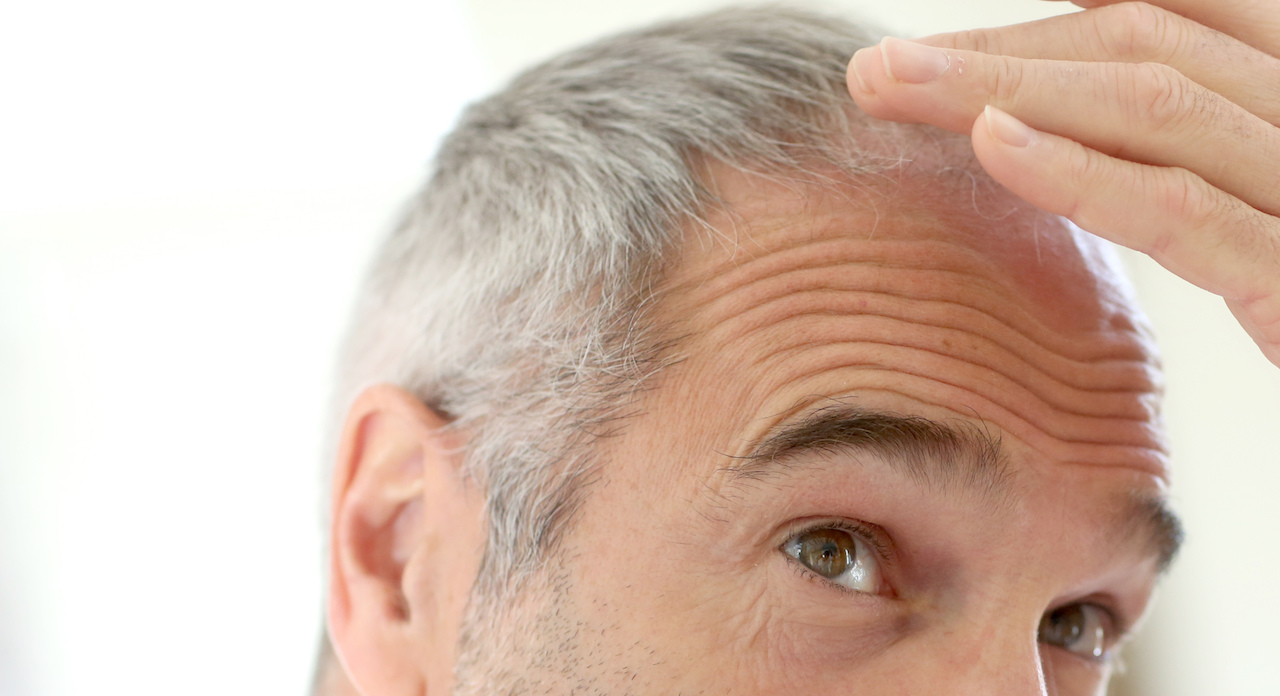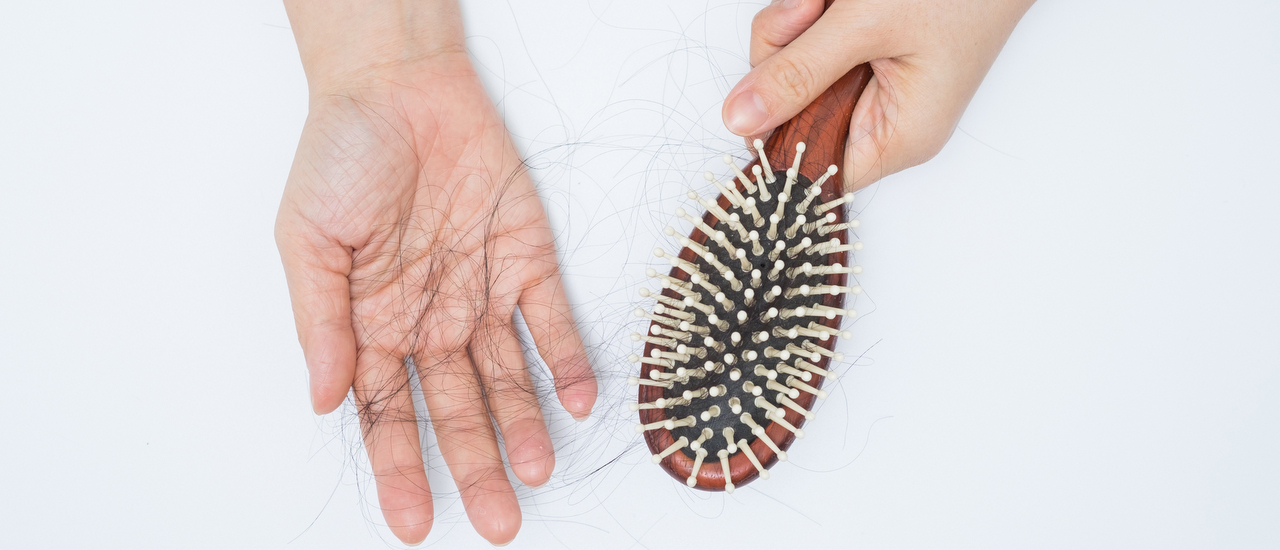Whether grey hair is a sign of wisdom, or a just a sign of stress, it may not be possible to prevent it. And the same goes for losing your hair. So what are the root causes cause of these pesky problems? And, how can we prevent the toupee and the hair-dye as we age?
The roots of the problem
While studying a rare genetic disease, researchers from the University of Texas Southwestern Medical Center accidently came across the cells that cause greying and hair loss in mice – a big step in developing a potential treatment for grey hair and baldness in humans.
“Although this project was started in an effort to understand how certain kinds of tumours form, we ended up learning why hair turns grey and discovering the identity of the cell that directly gives rise to hair,” said lead researcher Lu Le.
They found that a protein called KROX20, which is more commonly associated with nerve development, is activated in skin cells that form hair shafts, known as hair progenitor cells. These hair cells then produce another protein, called stem cell factor (SCF).
The two proteins turned out to be important factors in both baldness and greying.
When they deleted the cells that produce KROX20, the mice stopped growing hair and eventually went bald. When they deleted the SCF gene in the hair progenitor cells, the animal’s hair turned white.
The takeaway: KROX20 is crucial for healthy hair growth and SCF for hair pigmentation.
So does this mean there’s a cure?
Before we get too excited, keep in mind that this study was done with mice. Even though we share biological similarities, more research is needed to understand if the process works the same in humans. And, Le and his team are planning to do more research in people to confirm their results.
Still, Le believes that the findings show promise for the development of new therapies for greying and baldness. “With this knowledge, we hope in the future to create a topical compound or to safely deliver the necessary gene to hair follicles to correct these cosmetic problems.”
The findings could one day also provide answers about why humans age in general, as hair greying and hair loss are among the first signs of ageing. This could lead to treatments beyond just hair to help us look younger for longer.
So there’s hope for your grey hair – coming soon!
Quick fixes
- Change your do. Comb your hair in a different direction. A new style can trick the eye into not seeing grey roots and bald patches.
- Powder up. Use a root cover-up powder to conceal those greys or try a hair thickening powder to hide hair loss.
- Fill up on protein. Hair is a protein fibre, which means you need to eat protein to grow healthy strands and keep the existing ones strong. Good sources of protein include salmon, chicken, eggs, Greek yoghurt, and legumes.
- Massage your scalp. Gentle massaging of the scalp can boost blood flow to the hair follicle. Good blood circulation ensures that all the necessary nutrients reach your scalp and hair. This is essential for preventing grey hair. According to a study published in ePlasty, a scalp massage of just four minutes a day can increase hair growth and thickness in a matter of weeks.
- Shave it off. If you can’t beat them, join them! Wear your clean-shaven head with confidence, and it won’t matter what would’ve happened to your hair. (Ask Jason Statham).
References:
- http://www.medicalnewstoday.com/articles/317372.php
- http://time.com/4770554/grey-hair-loss/
- https://www.sciencealert.com/finally-scientists-have-discovered-the-cells-behind-grey-hair-and-baldness
- http://genesdev.cshlp.org/content/early/2017/05/02/gad.298703.117.full.pdf
- https://www.ncbi.nlm.nih.gov/pubmed/26904154


